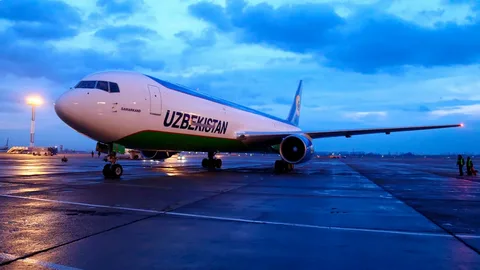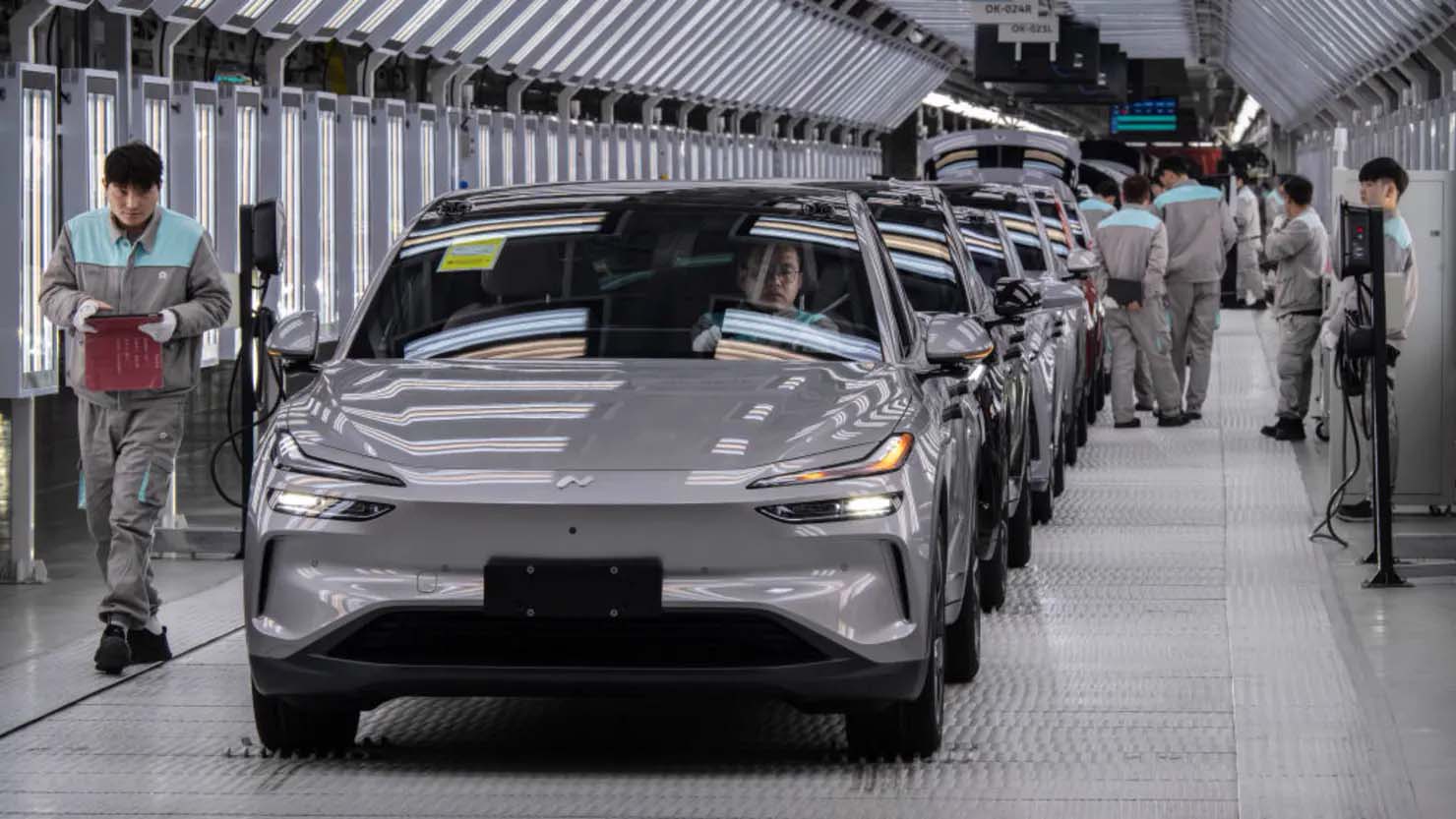An important event took place in the automotive industry: leading automakers, component suppliers and technology companies announced the creation of a new international association OpenGMSL, which aims to develop a unified data and video signal transmission standard for the cars of the future.
The initiator was Analog Devices, the developer of the Gigabit Multimedia Serial Link (GMSL) technology-a proven solution that is based on more than a billion chips delivered to the market. Companies such as Granite River Labs, Global Foundries, Hyundai Mobis, Indie Semiconductor, Keysight Technologies, Rohde & Schwarz and Teledyne LeCroy have joined the alliance.
The OpenGMSL Association intends to standardize the transmission of video signals and high-speed data between electronic components of cars-from cameras and sensors to multimedia systems and control units. This unification is designed to reduce development costs, facilitate integration of components, and accelerate innovation in ADAS (Driver Assistance systems) and autonomous driving.
According to Paul Fernando, President of OpenGMSL, GMSL technology is already used by more than 25 global automakers and 50 first-tier suppliers. "This is one of the most mature and scalable platforms ready to support the new requirements of the automotive industry — from real — time ADAS to high-quality video content in the cabin," he said.
OpenGMSL is organized as a non-profit association with an independent board of directors and encourages global participation. All products that meet the standard will pass a mandatory certification procedure, which will ensure compatibility between devices from different manufacturers and accelerate the development of a universal automotive digital infrastructure.
The creation of OpenGMSL is seen as a strategic step towards an open and collaborative ecosystem that can support scalable solutions for autonomous driving, hybrid interfaces, and multimedia platforms. The standard will form the basis for the next generation of smart cars, where reliability, speed and integration of all digital systems will play a key role.












